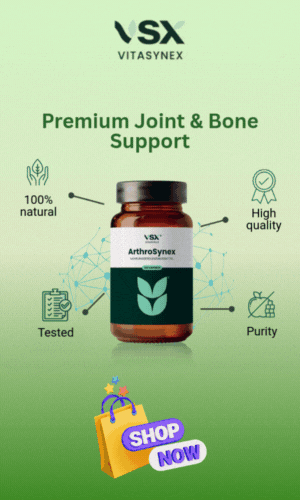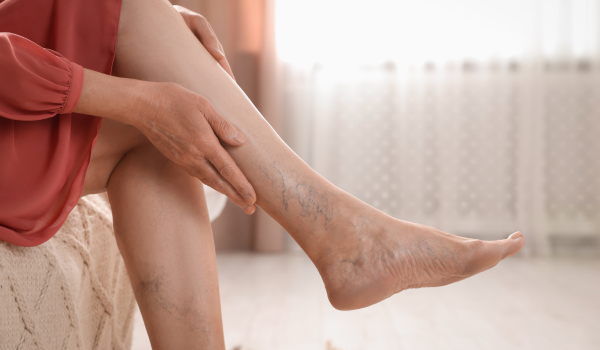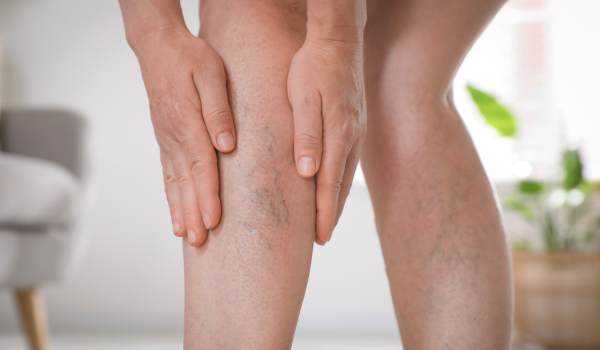.png)
Understanding Venous Stasis
Venous stasis refers to the slowing or pooling of blood in the veins, most commonly in the lower limbs. It’s a central component of chronic venous insufficiency (CVI) and is linked to a range of complications such as varicose veins, swelling, skin changes, and in severe cases, venous ulcers or deep vein thrombosis (DVT).
The causes of venous stasis are multifactorial, but certain individuals face a much higher risk due to lifestyle, medical conditions, or genetic predisposition. Recognizing these high-risk groups is crucial for prevention, early diagnosis, and effective treatment.
Older Adults
Aging is one of the most significant risk factors for venous stasis. As people age, vein walls and valves naturally weaken, reducing their efficiency in pushing blood back toward the heart.
In older adults:
-
Vein elasticity decreases
-
Valvular function declines
-
Physical activity may be limited
-
Recovery from circulatory strain is slower
This population often experiences progressive leg swelling, visible veins, and a higher risk of skin breakdown and ulceration.
People with Sedentary Lifestyles
A sedentary lifestyle greatly increases the likelihood of developing venous stasis. Lack of movement limits calf muscle contractions, which are essential for pushing blood from the legs back to the heart.
High-risk sedentary situations include:
-
Desk jobs with prolonged sitting
-
Long-haul flights or travel
-
Limited mobility due to disability or illness
-
Excessive screen time and inactivity
Regular movement, stretching, and short walks can significantly improve venous return and reduce stagnation.
Obese Individuals
Obesity places excess pressure on the lower extremity veins, making it harder for them to transport blood upward. This added weight also impairs the calf muscle pump and contributes to inflammation, both of which exacerbate venous stasis.
Additional concerns include:
-
Increased intra-abdominal pressure
-
Greater incidence of varicose veins
-
Slower wound healing in the lower legs
-
Difficulty using compression therapy effectively
Weight loss and lifestyle modification are critical components of management in this group.
Pregnant Women
During pregnancy, blood volume increases, hormone levels fluctuate, and the growing uterus compresses pelvic veins—all of which can contribute to venous stasis.
Risk factors include:
-
Multiple pregnancies
-
Prolonged bed rest during pregnancy
-
Varicose vein development
-
Postpartum immobility
Using compression stockings, maintaining light activity, and elevating the legs can help prevent stasis during and after pregnancy.
Post-Surgical Patients
Surgery, especially involving the lower limbs, pelvis, or abdomen, is a known risk factor for venous stasis. Immobilization after surgery slows venous return and increases the likelihood of clot formation.
Procedures commonly associated with stasis include:
-
Hip or knee replacements
-
Spinal surgery
-
Abdominal and pelvic operations
-
Cancer surgeries
Post-operative guidelines often include early ambulation, physical therapy, and the use of anti-clotting medications to prevent stasis and related complications.
People with Heart Failure
Heart failure, especially right-sided or congestive heart failure, reduces the heart’s ability to pump blood effectively. As a result, blood backs up in the veins, particularly in the lower limbs, contributing to venous stasis.
Common signs include:
-
Leg swelling
-
Shortness of breath
-
Fatigue and reduced exercise tolerance
-
Skin discoloration in the legs
Managing heart failure with medication, fluid restriction, and physical conditioning helps reduce venous congestion.
Individuals with Varicose Veins
Varicose veins are not only a symptom of poor venous circulation but also a contributing factor. When vein valves malfunction, blood flows backward (venous reflux), leading to pooling and further weakening of vein walls.
These individuals are more likely to experience:
-
Leg heaviness
-
Discoloration and skin thickening
-
Venous eczema or itching
-
Progression to venous ulcers
Vein health management with compression, ablation therapies, or surgery can improve symptoms and reduce risks.
People with a History of DVT
A prior deep vein thrombosis significantly increases the risk of post-thrombotic syndrome (PTS), a chronic form of venous insufficiency marked by leg pain, swelling, and skin changes due to vein damage.
This group should:
-
Monitor for signs of recurrent clots
-
Wear prescribed compression garments
-
Stay active and maintain healthy circulation
-
Undergo regular follow-ups and ultrasound imaging
Anticoagulation and lifestyle modifications remain central to long-term care.
Cancer Patients
Cancer increases the risk of venous stasis both directly and indirectly. Tumors may compress veins, while chemotherapy, radiation, or surgery can lead to decreased mobility and vascular damage.
High-risk cancers include:
-
Abdominal and pelvic tumors
-
Breast cancer
-
Lung cancer
-
Lymphoma or leukemia
Cancer patients may benefit from blood-thinning medications and tailored vascular monitoring throughout treatment.
Women Taking Hormones
Hormonal therapies—including birth control pills, hormone replacement therapy, or fertility drugs—can alter coagulation pathways and affect vascular tone. Combined with other risk factors like smoking or age, this increases the chance of blood stasis and thrombosis.
Women using hormone therapy should:
-
Undergo vascular risk assessment
-
Stay physically active
-
Avoid long periods of immobility
-
Use compression when traveling or on bed rest
People with Chronic Illness
Chronic illnesses like diabetes, kidney disease, or COPD can impair circulation and reduce physical activity, both of which contribute to venous stasis.
Challenges faced by this group include:
-
Neuropathy that masks early symptoms
-
Fluid retention from medications
-
Inflammatory processes affecting the vascular system
-
Difficulty with wound healing and skin care
Integrated care involving specialists helps manage these overlapping risk factors.
Smokers
Smoking negatively affects both arteries and veins. It impairs endothelial function, increases blood viscosity, and damages vein valves—accelerating the development of venous insufficiency and stasis.
Effects of smoking on venous health include:
-
Increased clotting risk
-
Reduced oxygen to tissues
-
Higher likelihood of varicose veins
-
Slower healing of skin injuries
Quitting smoking is one of the most effective strategies to protect vascular function and prevent complications.
People with Genetic Predispositions
Some individuals inherit vein weakness, valve dysfunction, or clotting disorders that make them more susceptible to venous stasis. These genetic risks include:
-
Factor V Leiden mutation
-
Prothrombin gene mutation
-
Antithrombin III deficiency
-
Family history of varicose veins or DVT
Early screening and preventive strategies are key for this group, particularly before surgery, pregnancy, or long travel.
Workers Who Stand Long Hours
Jobs requiring prolonged standing—such as nurses, retail workers, teachers, or assembly line operators—place extra stress on the leg veins. Gravity hinders upward blood flow, leading to pooling, pressure, and eventual valve failure.
To reduce risk, standing workers should:
-
Shift weight frequently
-
Take seated breaks when possible
-
Wear graduated compression stockings
-
Elevate legs during breaks or at home
Workplace modifications can significantly reduce venous fatigue and stasis over time.
Travelers on Long Journeys
Air and car travel for extended periods without movement can lead to venous stasis, particularly in the calves. This immobility is a known risk factor for DVT.
Preventive tips include:
-
Standing and walking every 1–2 hours
-
Flexing ankles and knees regularly
-
Staying hydrated
-
Wearing compression socks
-
Avoiding alcohol and sedatives during flights
Those with additional risk factors should consider medical clearance before travel.
Conclusion: Know the Risks, Act Early
Venous stasis is not inevitable—but for many high-risk individuals, it can quietly develop without early symptoms. Understanding who is most vulnerable allows for proactive prevention and intervention. Whether you’re recovering from surgery, living with chronic illness, or working long hours on your feet, small changes like staying active, using compression, and monitoring symptoms can make a lasting difference.
Protecting your veins begins with knowing your risk.

.png)
.png)
.png)
.png)
.png)
.png)
.png)
.png)
.png)



